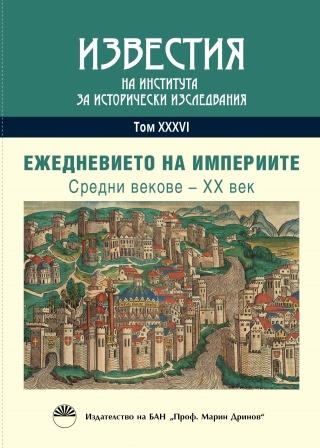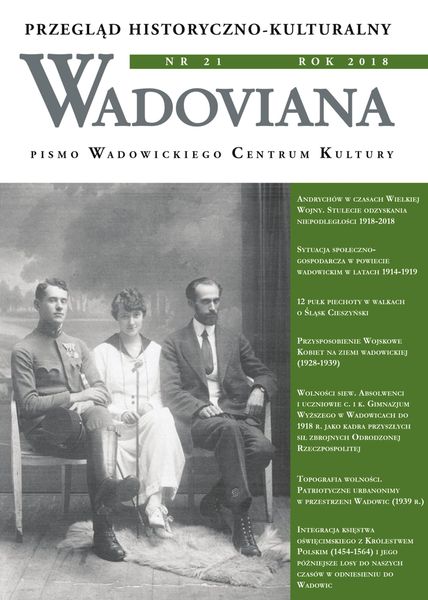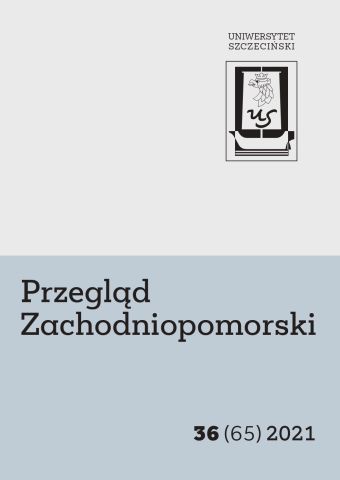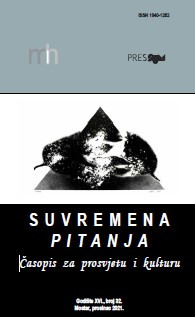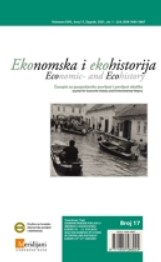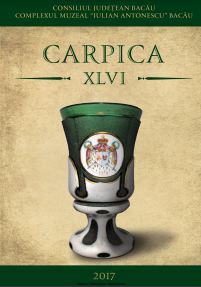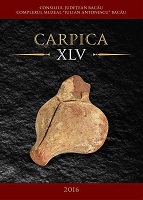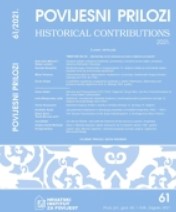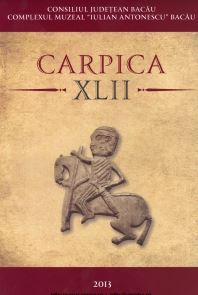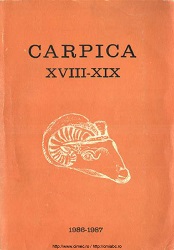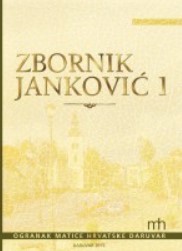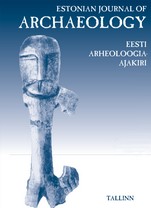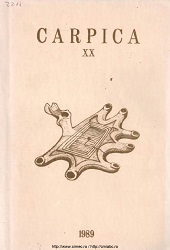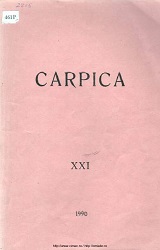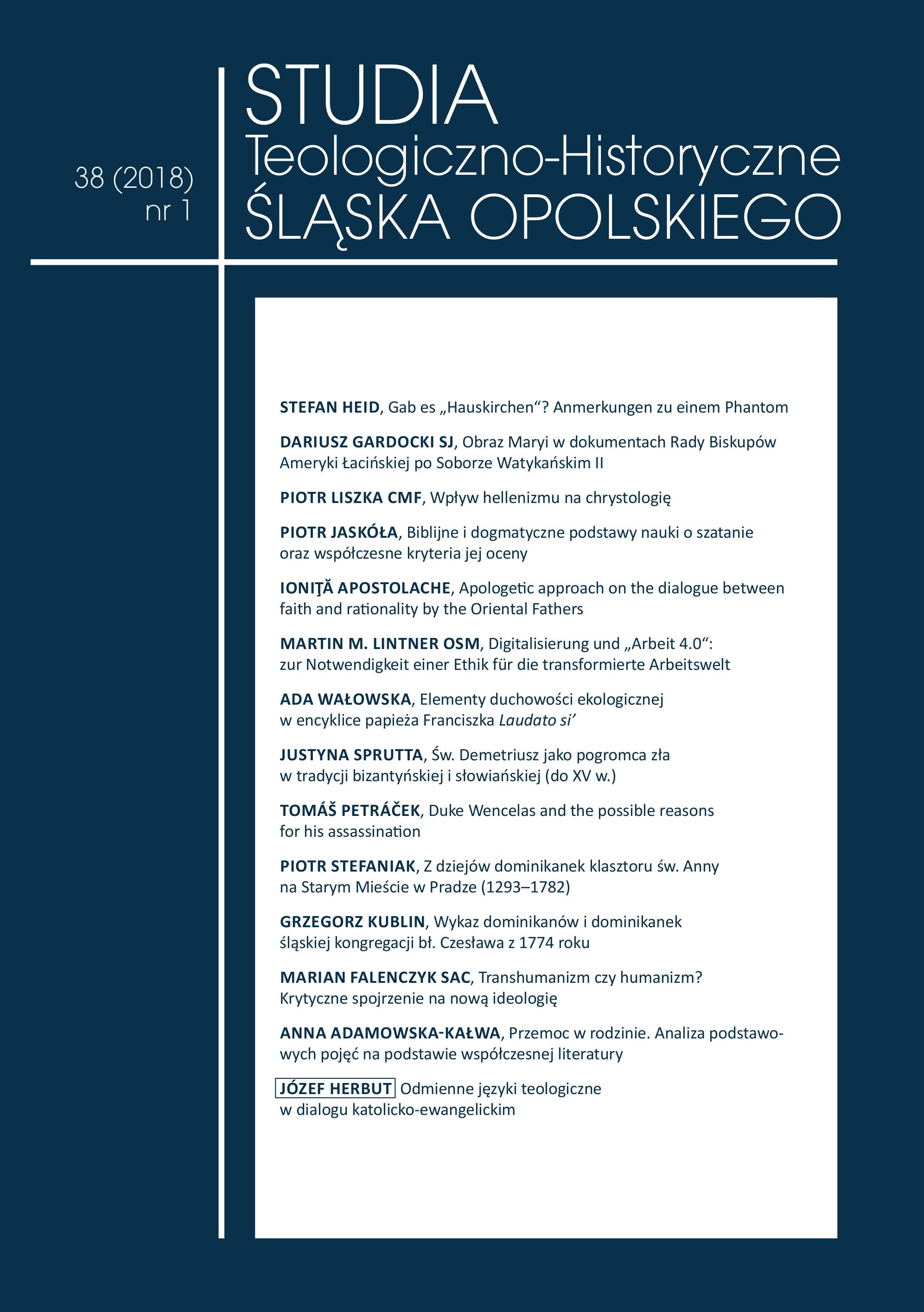
Z dziejów dominikanek klasztoru św. Anny na Starym Mieście w Pradze (1293–1782)
The most renowned female monastery in Prague Old Town had belonged to the nuns of the Order of Preachers (the Dominicans). The convent had been founded in 1293 by the Canon of Wyshehrad Jan Holý on the right bank of the Vltava River in Újezd. After the dissolution of the Order of Knights of the Temple in 1312, their seat in the Old Town by the Rotunda of St Lawrence was transferred on 9th July 1313 for 130 stags of cents to the Dominican nuns of Prague. Shortly afterwards, on the site of a former commandery, a marvelous Gothic monastery with the large Church of St Lawrence and St Anna was built. In the Middle Ages the Dominican convent, referred to as Anenský court, became famous as an important spiritual and intellectual center. An example can be the Bible translation into Czech (the so-called Bible of Dresden) done by the Dominican Kolda from Koldice for the prioress Anna Leskoviecka. The Middle Ages were a period of the most remarkable development of the nuns community.During the Hussite Wars, in 1420, the monastery became a grouping place of all the Prague nuns that were forced into Hussite liturgical practices. Moreover, a further economic and spiritual collapse of the community occurred. The revival came only in the 17th century. At that time the nuns adopted the reform proposed by the Council of Trent. In 1676 a process of a thorough reconstruction of the monastery begun, resulting in its new baroque architectural form. Concurrently, the community was increasing gradually and in 1710 it consisted of 60 nuns. Between 1709 and 1712 the only foundation of a new monastery in the convent’s history occurred – in the city of Plzen.The prosperity of the order was undermined by the war between Austria and Prussia. Prague itself, was affected especially by the French-Bavarian occupation of the city between 1741 and 1742. After that, in 1744, Prague was invaded by the Prussians. Numerous tributes collections, goods overtaking and pillages begun. In 1744 the Prussians imposed on the convent a tribute of 25 thousand stags of gold. Since then, the Dominican nuns were struggling with a difficult economic situation. On 21th May 1782, the convent got disbanded by a decree of the emperor Joseph II and 14 nuns (10 choir-nuns and 3 converse) had to leave the monastery.Through the ages, the Dominican Convent of Prague consisted mostly of nuns originating from the social elites: aristocracy, nobility, a participating and wealthy bourgeoisie. It guaranteed its high intellectual level. The nuns in the convent were representative both the German and the Czech world.
More...
